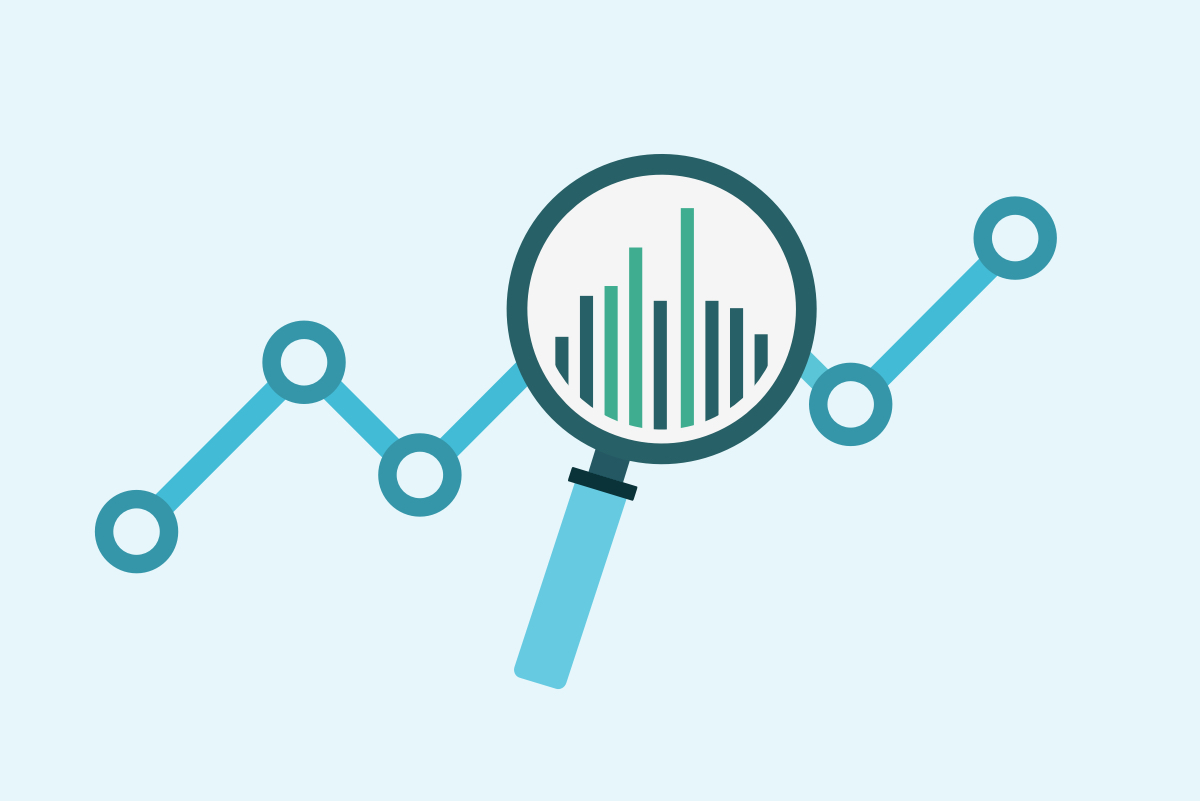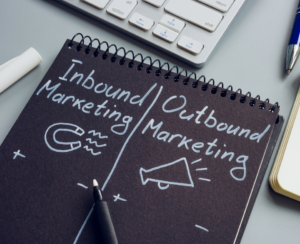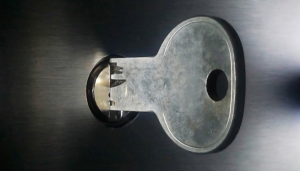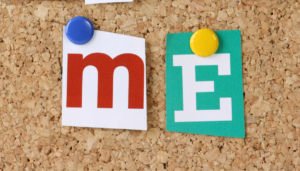The Real Deal on Getting Customers and Keeping Them Happy
There seems to be abundant conversation about growing janitorial businesses through new customer acquisition. However, success isn’t just about gaining new customers; it’s about keeping them around for a long time. Enter the dynamic duo of Customer Acquisition Cost (CAC) and Customer Lifetime Value (CLV), the unsung heroes of healthy growth. In this article, we’ll take a look at these two business metrics, exploring the importance of striking the right balance between attracting new customers and nurturing lasting relationships.
Customer Acquisition Cost (CAC) – Definition and Calculation
Customer Acquisition Cost (CAC) is a pretty straightforward concept and calculation. Simply put, It is the cost of acquiring a new customer for your business. To calculate CAC, add all costs associated with gaining new customers and divide by the number of customers gained in a specific period (typically one year).
Costs to acquire a new customer might include wages of sales/marketing people, including commissions, payroll burden, benefits for the sales and marketing team, vehicle costs for customer site visits, google ads, sales and prospecting tools like CRM, LinkedIn, etc.
For example, let’s say your sales/marketing (or business development) spend for the year was $100,000, and your company added 16 new customers; your CAC would be $6,250 ($100,000/16). Another way to “frame up” this concept, using this example, is this – we are investing roughly $6,250
Customer Lifetime Value (CLV) – Definition and Calculation
Customer Lifetime Value (CLV) measures the total income (not revenue) your business can expect to earn from a typical customer as long as the customer remains with your company. In other words, you will invest some money to acquire a customer, and you want to see, on average, your return on that investment.
To calculate CLV, use the following formula:
(Average Profit per Customer x Average Customer Life) – Customer acquisition Cost (CAC)Here is an example – Let’s say your average annual profit per customer is $15,000 (an average of $5K/month at 25% margin), and your average length of service for customers is 7.5 years. Using the CLV formula above, your expected average lifetime profit is $112,500 ($15k x 7.5 years). Now, let’s say your customer acquisition cost is $10,000, and then by subtracting $10,000 from $112,500, your customer lifetime value (CLV) is $102,500.
While pulling the data by customer segment might be a bit cumbersome, it is helpful to calculate CLV for different segments of customers.
How Do These Metrics Help
Gathering the information necessary to calculate these two metrics requires some work. So the question is – “Is this worth my time, and how does this help my business?” We believe it is certainly worth the time to gather this information and study/discuss it with your team.
First, this exercise will help your team understand which customers/customer types best fit your organization. For example, when conducting this analysis, we discovered a specific size of customer (monthly revenue) tended to remain with our organization longer. As such, we became very focused on acquiring customers that were similar in size.Secondly, this exercise will help your team understand the importance of providing service that will yield customer loyalty and increase the average customer’s life, and in doing so, will generate more return on your customer acquisition investment.
A final note. There are numerous ways to calculate these metrics – conduct a Google search, and you can read for hours. The ones provided in this article are simple and will get you started thinking about these important metrics.
